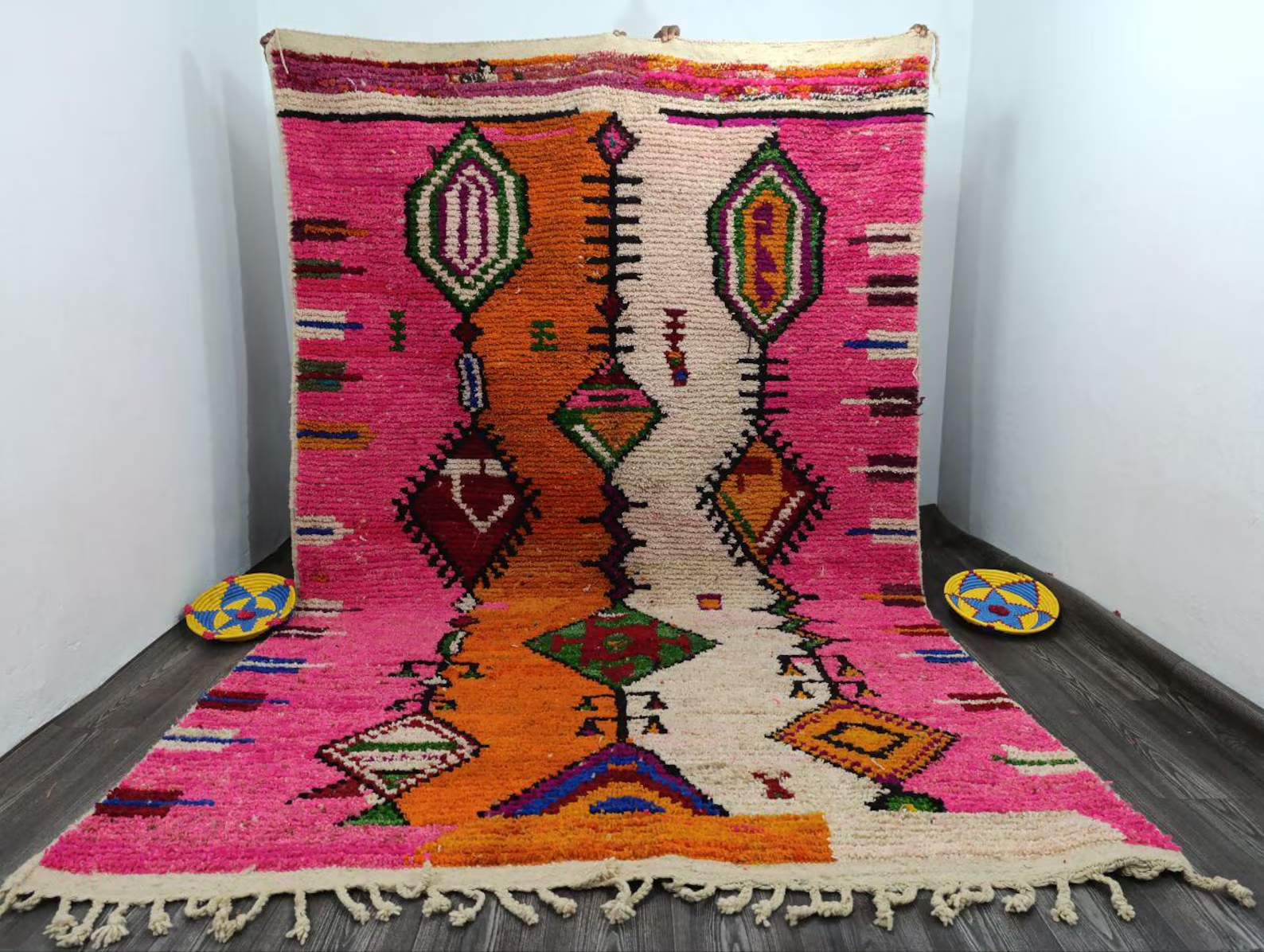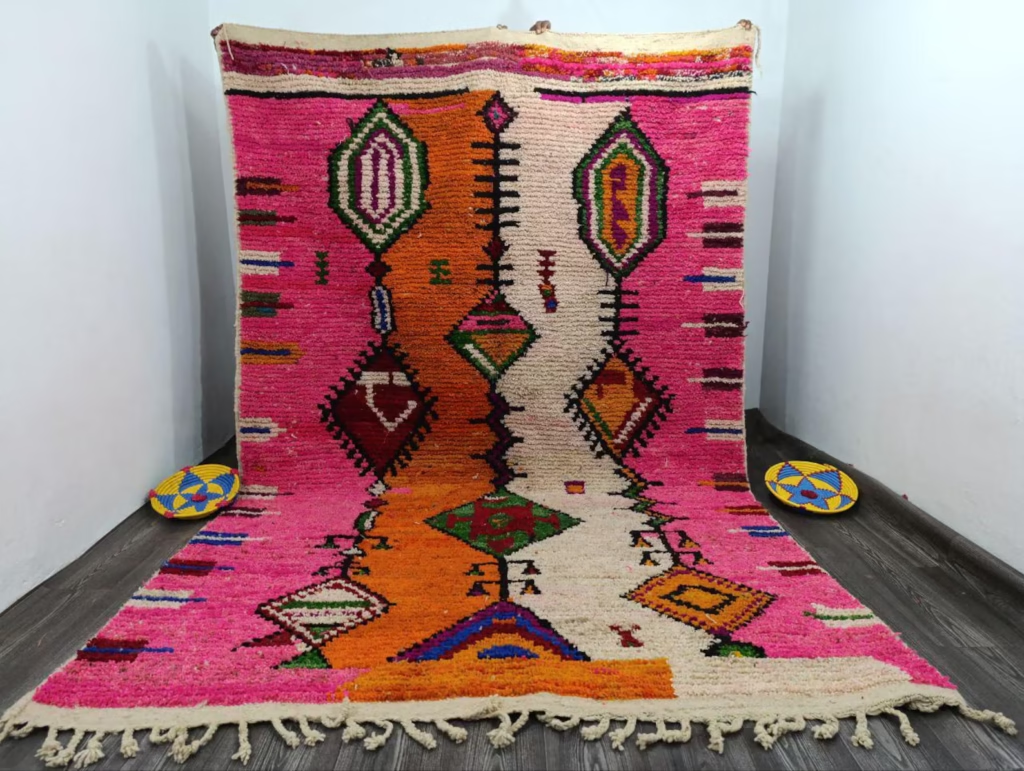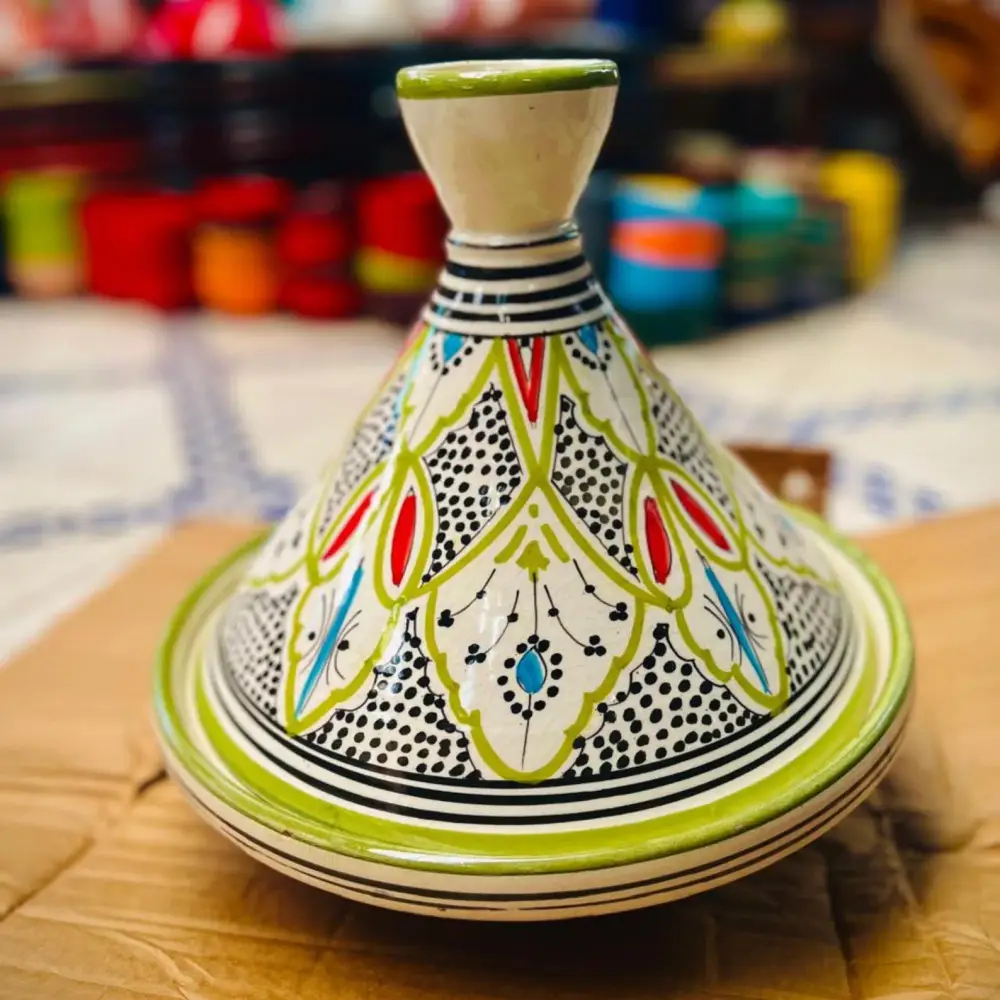carpet traditional maroccan

Traditional Moroccan carpets are exquisite handwoven textiles that reflect the rich cultural heritage, artistry, and history of Morocco. These carpets are crafted by skilled artisans, primarily Berber women, using techniques passed down through generations. They are renowned for their unique designs, high-quality materials, and deep cultural significance. Below is a detailed description of traditional Moroccan carpets:
1. History and Origins
- Moroccan carpet weaving dates back thousands of years, with roots in the indigenous Berber tribes of North Africa.
- The tradition originated as a practical craft, creating items for daily use such as floor coverings, blankets, and saddle pads.
- Over time, these carpets evolved into artistic expressions, often telling stories or symbolizing the weaver’s identity and cultural heritage.
2. Types of Moroccan Carpets
Traditional Moroccan carpets vary by region and tribe, each with distinct styles and characteristics:
- Beni Ourain : Known for their plush texture, neutral tones (ivory, beige, and black), and geometric patterns. These are made from undyed sheep wool and are highly sought after for their minimalist elegance.
- Azilal : Originating from the High Atlas Mountains, these carpets feature vibrant colors and abstract, playful designs inspired by nature and daily life.
- Boucherouite : Made from recycled fabrics, these colorful and eclectic rugs are a testament to the creativity and resourcefulness of Moroccan weavers.
- Kilim Flat-woven and lightweight, Kilims are adorned with bold geometric patterns and are versatile for both floors and walls.
- Taznakht Carpets: These intricately woven carpets from southern Morocco often feature symbolic motifs and are deeply tied to Berber traditions.
3. Materials and Techniques
- Materials: Traditional Moroccan are made from natural materials such as sheep wool, camel hair, and cotton. The wool is often hand-spun and dyed using natural pigments from plants, minerals, and insects.
- Weaving Techniques: The are handwoven on wooden looms, a labor-intensive process that can take weeks or even months to complete. Each carpet is unique, reflecting the weaver’s skill and creativity.
4. Symbolism and Design
- Moroccan are rich in symbolism, with patterns and motifs that convey cultural, spiritual, or personal meanings.
- Common motifs include diamonds (symbolizing protection), zigzags (representing water or life), and floral patterns (inspired by nature).
- Colors also carry significance: red for strength and protection, blue for wisdom and spirituality, and green for peace and fertility.
5. Cultural and Modern Significance
- Moroccan are not only functional but also deeply cultural, often used in ceremonies, weddings, and as heirlooms passed down through generations.
- In the mid-20th century, these carpets gained international recognition when modernist designers like Le Corbusier and Frank Lloyd Wright incorporated them into their interiors.
- Today, they are celebrated worldwide for their versatility, blending seamlessly with various decor styles, from minimalist to bohemian.
6. Ethical Considerations
- When purchasing a traditional Moroccan , it is important to ensure it is ethically sourced, with fair compensation for the artisans and respect for their craftsmanship.
- Authentic are handmade and often one-of-a-kind, reflecting the weaver’s individuality and cultural heritage.
In summary, traditional Moroccan are more than just floor coverings; they are woven narratives of Morocco’s history, culture, and artistry. Their timeless beauty and craftsmanship continue to captivate collectors, designers, and homeowners around the world.

Discover more from handmadeegifts
Subscribe to get the latest posts sent to your email.
